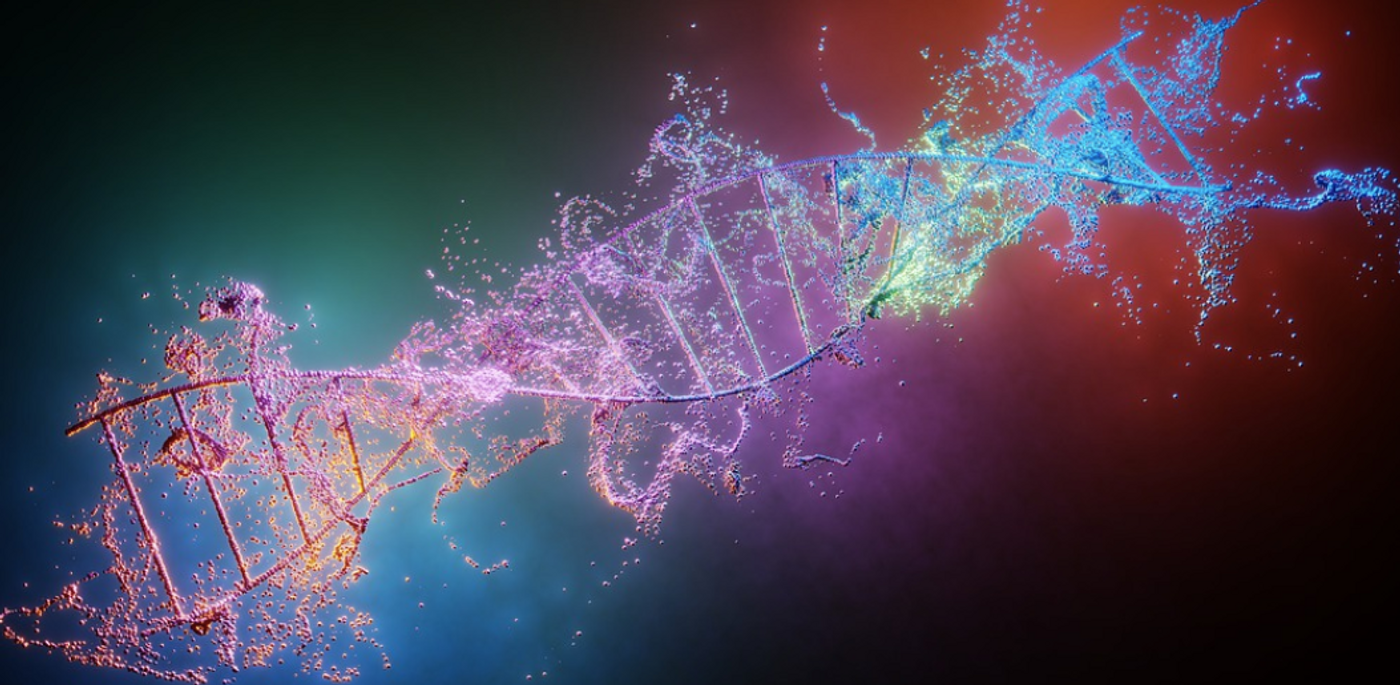A New DNA Editor Hidden in a Microbial Jumping Gene
The technology for CRISPR originated in a bacterial immune defense system. Now, the team of one of the researchers who helped pioneer the CRISPR technology, Dr. Feng Zhang, has identified a new type of DNA modifying protein that can be programmed. The IscB proteins are probably the ancestors of the DNA-cutting bacterial enzyme Cas9. The investigators found that IscB could cut double-stranded DNA in human cells. The team also identified TnpB, another programmable enzyme that can cut RNA, and is probably the ancestor of the Cas12 enzyme. Both IscB and TnpB proteins are on mobile genetic elements known as transposons and are guided to their targets with guide RNA molecules. Transposons are sometimes called jumping genes because they move around the genome so easily.
The work, which has reported in Science, revealed a new type of DNA-editing system called OMEGAs (Obligate Mobile Element Guided Activity). The study suggested that OMEGAs might naturally shuffle genomes in bacteria.
"We are super excited about the discovery of these widespread programmable enzymes, which have been hiding under our noses all along," said study leader and HHMI investigator Feng Zhang, the James and Patricia Poitras Professor of Neuroscience at MIT. "These results suggest the tantalizing possibility that there are many more programmable systems that await discovery and development as useful technologies." A recent talk from Zhang is featured in the video below.
These gene editors could be incredibly abundant, and are much smaller than Cas9, making them attractive for use in molecular research. DNA-cutting enzymes that can be directed to a particular location in the genome have many potential applications.
The researchers learned that every IscB protein was associated with an RNA that was close to it in the genetic sequence. These nearby RNAs, which the researchers called ωRNAs. direct the IscB to a DNA sequence. Other proteins called IsrBs and TnpBs also use ωRNAs as guides that take them to the site where DNA gets cut.
All of these proteins are encoded by genes that are within transposable elements, which can jump around the genome. Co-first study author and graduate student Han Altae-Tran noted that whenever the transposons move, a new guide RNA is formed and the enzyme will cut in a new place.
The function of these mobile cutters is not clear, and researchers aren't sure whether they serve an important purpose. One possibility is that they only act to preserve themselves, suggested Kannan. But a new host might able to gain new abilities if they can utilize these systems.
The researchers are interested in learning more about the how these RNA-guided editing systems arose, and whether they can create more programmable editors.
Sources: Broad Institute of MIT and Harvard, Science









